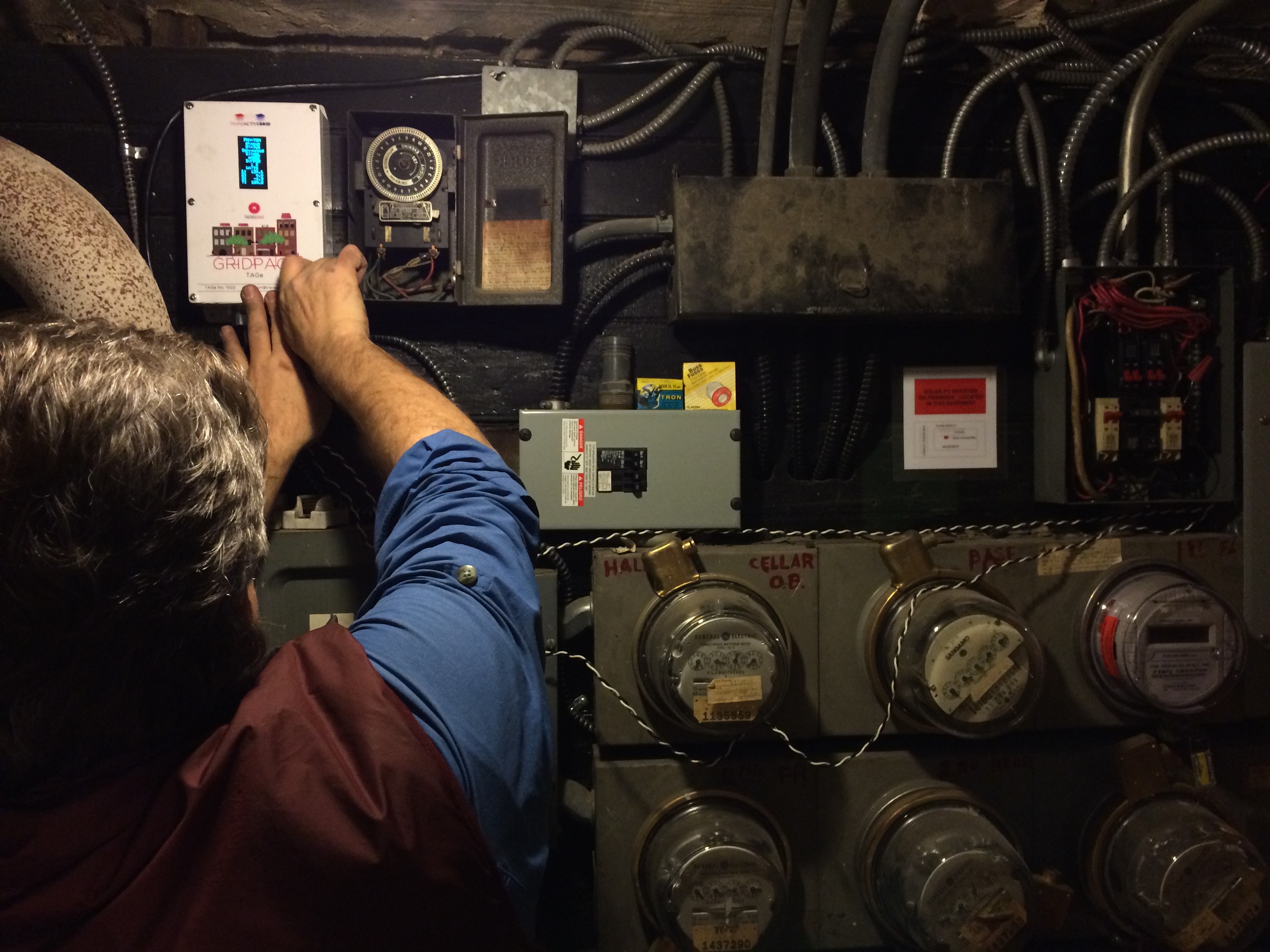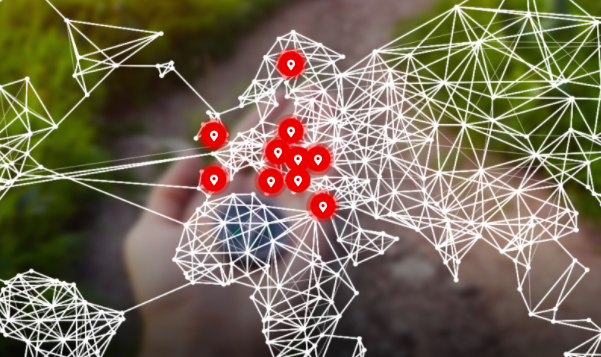
Back in the 1990s the advent of peer-to-peer (P2P) computing sites such as Napster turned reproduction and distribution of music, then TV programs and films, upside down and inside out. A small Brooklyn startup is now looking to do the same for electricity.

Credit: GigaTribe
TransActive Grid on April 11 announced the first paid P2P energy transaction crossed its online energy trading platform. One member of the Brooklyn Microgrid – former DOE Energy Star national director Bob Sauchelli bought surplus electricity generated from another – social justice activist Eric Frummin. The precedent-setting P2P energy transaction is ¨a giant step towards a consumer-run future,¨ management elaborated in a press release.
Particularly noteworthy, the precedent-setting P2P local energy transaction bypasses utilities, enabling local consumers and ¨prosumers¨ to connect with one another and participate directly in the process of producing, distributing and consuming emissions-free electrical power.
Bringing Clean Power to the People
TransActive Grid is the first to enable and carry out a paid P2P energy transaction. In order to make it happen, the startup company installed proprietary energy management systems in the houses of the two Brooklyn Microgrid members.

Credit: Brooklyn Microgrid
At the core of its P2P energy trading platform is a Blockchain – a database whose records are distributed across a network of subscribers. Harnessing the collective power of their computers, a Blockchain distributed database was first applied commercially to facilitate online payments by Bitcoin, the world’s first digital, or ¨crypto,¨ currency in order to keep track of transactions among members.
TransActive Grid uses Ethereum Blockchain software linked to Paypal to provide the means for members and settle ¨buy and sell¨ transactions and thereby share electrical power produced by community members’ solar PV systems.
The network software logs and accounts for each and every unit of energy created by members’ home energy systems. A ‘Smart Contracts’ application makes surplus units of energy available on the TransActive Grid market to be bought and sold by local community members with payments, for the time being, made via PayPal.
The next step for TransActive Grid is to enable members to define their own energy requirements. That includes ¨choosing exactly where they buy from – or to make things even simpler the process can be automated through a hands-off self-securing control system,¨ management explains.
Capitalizing on the Physics of Electricity
The laws of physics dictate another key aspect of Transactive Grid’s P2P power trading platform. Local P2P energy trading differs from RECs (renewable energy credits) in that the renewable energy a buyer purchases on Transactive Grid’s online exchange could literally end up “powering” appliances in his or her own home. Energy doesn’t actually “flow” – alternating current is a vibration. But P2P trading lowers the distance over which the transactions occur.
One of the resulting benefits of buying and selling renewable power from neighbors is that it keeps economic benefits in the community and reduces the need for transmission infrastructure. Of course, it’s also seen as a means of promoting broader and faster uptake of solar and renewable energy, which in turn adds to U.S. and international efforts to mitigate climate change by reducing greenhouse gas emissions.
“Today’s transaction of local environmental attributes was a huge moment for the energy indutry. This is only made possible in the US because of progressive changes in policy and the engagement of the progressive utility companies, who see their place in the future of distributed energy. We look forward to working with both to see that future,¨ TransActive Grid co-founder Lawrence Orsini said.
Orsini is also founder and principal of LO3 Energy, which originated and was the lead developer for the Brooklyn Microgrid project.
Sauchelli put a local spin on the event, while Frumin pointed towards the broader possibilities this first P2P power trading transaction opens up. “I’m very excited to be part of this evolution of the energy markets. I look forward to supporting my neighbours in their investment of green energy by being their customer in the future,” Sauchelli said.
“Rooftop solar power is affordable today. We need to make it easier for environmentally conscious homeowners to raise the money they need to install solar on their homes as quickly as possible,¨ Frumin added.
See also:
Originally posted in Microgrid Media by Andrew Burger





